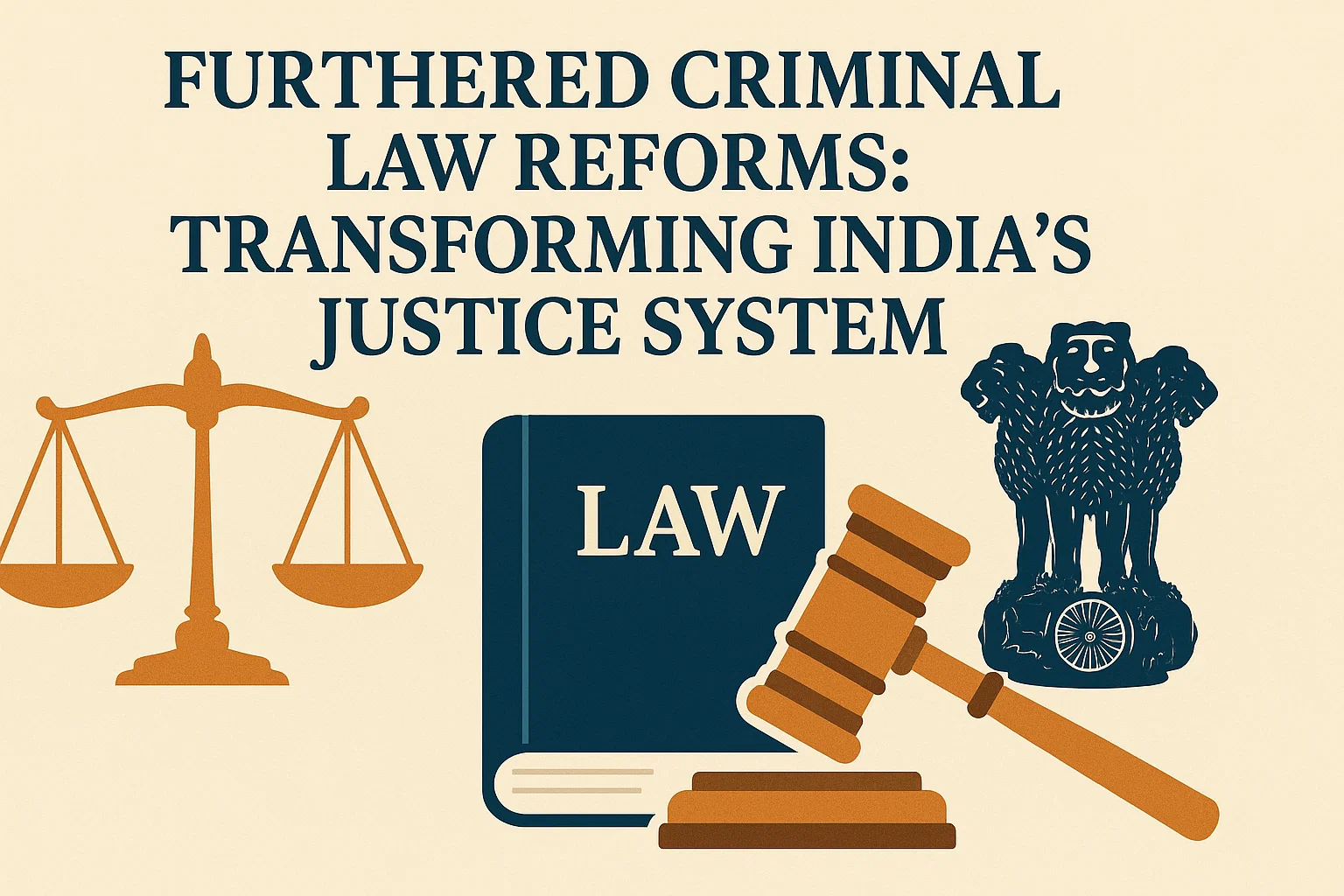Font size:
Print
National Security Doctrine
It’s time India framed a national security doctrine
Context:
The word doctrine, though rooted in theology, has found deep resonance in military strategy worldwide. Today, most global powers operate with clearly defined strategic doctrines—frameworks that guide military, political, and diplomatic responses to evolving security threats.
More on News
- In the context of rising tensions between India and Pakistan, and persistent Chinese aggression along the borders, the time has come to revisit the debate: Does India need a national security doctrine?
India’s Strategic Posture: The Case for a Doctrinal Shift
- India has historically demonstrated resilience in national defence—winning wars against Pakistan in 1947, 1965, and 1971, and successfully managing cross-border threats from both Pakistan and China.
- Some argue that this success proves India does not require a formal doctrine.
- With robust armed forces and a political leadership committed to national security, what more is needed?
- However, this line of thinking is reactive, not preventive.
- The key question is no longer whether India can repel attacks, but whether India can deter attacks from occurring at all.
- When India declared itself a nuclear power in 1998, it adopted a nuclear doctrine in 2003, based on “credible minimum deterrence” and the principle of “No First Use”.
- Yet, two decades later, nuclear deterrence alone has failed to prevent provocations—be it border stand-offs with China or state-sponsored terrorism from Pakistan.
India’s Nuclear Doctrine
India formally adopted its nuclear doctrine in January 2003, outlining the principles and policies guiding its nuclear weapons program. The doctrine is rooted in restraint, responsibility, and credible deterrence.
Key Features
- Credible Minimum Deterrence: India commits to maintaining a nuclear arsenal sufficient to deter adversaries, without engaging in an arms race or seeking parity with other nuclear powers.
- No First Use (NFU): Nuclear weapons will only be used in retaliation against a nuclear attack on Indian territory or on Indian forces anywhere. India pledges not to initiate a nuclear strike.
- Massive Retaliation: Any nuclear retaliation by India will be massive and designed to inflict unacceptable damage on the aggressor, ensuring a strong deterrent effect.
- Civilian Control: The authority to launch nuclear weapons rests solely with the civilian political leadership, specifically the Nuclear Command Authority (NCA), chaired by the Prime Minister.
- Non-Use Against Non-Nuclear States: India will not use nuclear weapons against states that do not possess nuclear weapons.
- Response to Chemical or Biological Attacks: In the event of a major attack against India or its forces anywhere with biological or chemical weapons, India retains the option of retaliating with nuclear weapons. This is a significant qualifier to the NFU pledge.
- Export Controls and Disarmament: India commits to strict controls on the export of nuclear and missile-related materials and supports global efforts towards nuclear disarmament and non-proliferation.
China’s Doctrine: Winning Without Fighting
- Consider China’s strategic restraint since its last major war with Vietnam in 1979.
- Rather than being a sign of weakness, this restraint is rooted in a comprehensive national doctrine shaped by Sun Tzu’s The Art of War, which advocates for “subduing the enemy without fighting.”
- China’s approach blends military preparedness with diplomatic assertiveness, economic influence, and psychological operations—a holistic strategy that has expanded its global clout without direct military confrontation.
- India, bordered by two nuclear-armed adversaries, cannot afford to rely solely on reactive defence.
- It must adopt a national security doctrine that proactively deters threats, protects sovereignty, and expands India’s strategic influence.
What Should an Indian National Security Doctrine Look Like?
- A doctrine is not a rigid manual—it is a set of enduring principles that shape policy decisions and strategic actions across military, diplomatic, economic, and societal domains.
- It evolves with changing geopolitical landscapes but provides clarity of purpose.
- India’s 2003 nuclear doctrine was, in some ways, a moral extension of its Gandhian ethos.
- The “No First Use” principle aligned with India’s image as a peace-loving nation.
- However, equating restraint with passivity has often constrained India’s options, especially in dealing with asymmetric warfare like cross-border terrorism.
- Leaders like former Defence Minister Manohar Parrikar faced criticism for even questioning this principle.
- Yet, the same doctrine also promises “massive retaliation” in case of a nuclear attack—a strategy that highlights how even assertive responses can coexist with diplomatic messaging.
- India’s strategic thinking must similarly evolve to incorporate concepts like “inflicting unacceptable damage” as a deterrent—not just in nuclear policy but in responding to terrorism, cyber threats, and hybrid warfare.
- Publicly, India may still maintain a posture of restraint, but its doctrine must prepare for swift, decisive, and disproportionate responses where necessary.
National Security Beyond the Battlefield
- National security is often misunderstood as a matter solely for the armed forces or police.
- In reality, it is a multi-dimensional concept that includes politics, diplomacy, economy, information, and societal cohesion.
- India must draw from historical examples like Emperor Ashoka, who used soft power—sending Buddhist emissaries to neighbouring regions—as a tool to secure his empire’s periphery through cultural and diplomatic influence.
- Similarly, Kautilya’s Mandala theory suggests that while neighbours may be rivals, distant states can be allies—a principle that emphasises the need for a proactive and outward-looking strategy.



